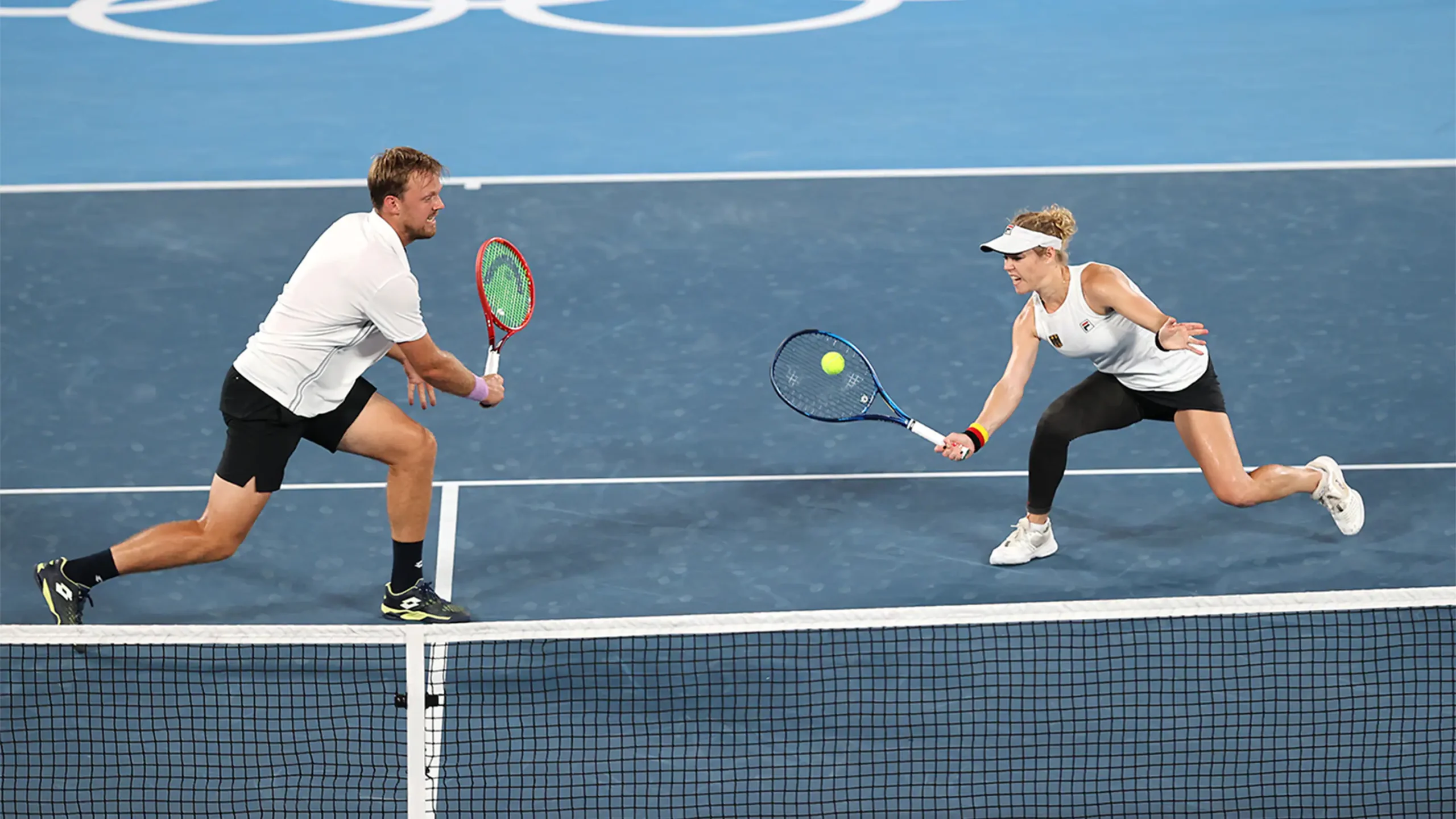Over the past few decades, women’s sports have gained significant attention, but they still often receive less coverage, lower pay, and fewer resources compared to their male counterparts. While there has been progress, significant challenges remain in achieving equal recognition, respect, and support for women in sports. The importance of promoting and supporting women’s sports goes beyond fairness—it is crucial for empowering women, breaking down gender stereotypes, and inspiring the next generation of female athletes. In this article, we’ll explore several ways to promote and support women’s sports more effectively, from media coverage to grassroots development.
Why is Promoting Women’s Sports Important?
Promoting women’s sports is not just about increasing visibility but also about recognizing the accomplishments and contributions of female athletes. Here are a few reasons why promoting and supporting women’s sports is important:
- Gender Equality: The fight for gender equality in sports reflects the broader fight for gender equality in society. Female athletes deserve the same opportunities, recognition, and compensation as male athletes.
- Inspiration for Future Generations: Young girls need role models to inspire them to pursue sports and build confidence. Seeing women excelling in sports can break down barriers and encourage more participation from girls at all levels.
- Economic Growth: Women’s sports can have a significant economic impact. As women’s sports gain more visibility, sponsorships, ticket sales, and merchandise can all increase, benefiting both the athletes and the industry.
- Health and Well-being: Supporting women in sports promotes physical and mental well-being. Regular participation in sports can lead to healthier lifestyles, reduce stress, and foster a sense of belonging and teamwork.
Key Strategies to Promote and Support Women’s Sports
1. Increase Media Coverage
One of the most significant challenges for women’s sports is the lack of media coverage. Studies consistently show that media coverage of women’s sports is disproportionately low, often representing less than 10% of all sports media coverage. This lack of exposure limits the visibility of female athletes and their potential to gain sponsorships and fan support.
How to Improve Media Coverage:
- Increase Broadcast Opportunities: Networks should prioritize broadcasting women’s sports events. Major networks and streaming platforms should invest in broadcasting games, tournaments, and championships featuring women’s sports, giving these athletes a platform to reach wider audiences.
- Highlight Success Stories: Media outlets can work to spotlight the achievements of female athletes both on and off the field. By telling the stories of these athletes’ journeys, struggles, and triumphs, media can humanize them and build a connection with audiences.
- Promote Female Commentators: Representation matters. Including more women in sports commentary and analysis, both as announcers and as analysts, can bring new perspectives and further engage the audience.
- Leverage Social Media: Social media is a powerful tool for reaching global audiences, and many women’s sports leagues and athletes have already found success in connecting with fans through platforms like Instagram, Twitter, and YouTube. Encouraging athletes to share their training, daily lives, and game highlights can help foster a community around women’s sports.
2. Provide Equal Sponsorship and Financial Support
While the visibility of women’s sports may be increasing, financial support often lags behind. Sponsorships are a crucial part of any professional athlete’s career, and female athletes often have fewer opportunities to secure lucrative sponsorship deals than their male counterparts. Furthermore, women’s sports leagues often have smaller budgets, which limits their ability to invest in infrastructure, training facilities, and athlete development.
How to Increase Financial Support:
- Attract Corporate Sponsorship: Companies should be encouraged to invest in women’s sports, recognizing the immense potential for growth. Women’s sports leagues and organizations can target brands that are aligned with female empowerment, wellness, and inclusivity.
- Fair Pay and Prize Money: Efforts must be made to close the gender pay gap in professional sports. Pay equity should be a priority for organizations, ensuring that women athletes receive the same pay as their male counterparts for the same level of performance and achievement.
- Financial Support for Grassroots Programs: Providing funding for youth sports programs and schools can help build a pipeline for young female athletes. Supporting programs at the grassroots level allows girls to access sports and training without financial barriers.
3. Invest in Women’s Sports Infrastructure
Investing in the infrastructure for women’s sports is essential to ensure that athletes have access to quality facilities, equipment, and training. Many women’s sports leagues operate with outdated facilities, fewer resources, and less access to training professionals compared to men’s leagues.
How to Improve Infrastructure:
- Create Equal Facilities: Major sports organizations and sponsors can work to build better facilities for women’s teams and events. Equal access to well-maintained stadiums, gyms, and training facilities is crucial for athletes to perform at their best.
- Support Female Coaches and Staff: Coaching is a critical aspect of developing successful athletes. By investing in training programs for women coaches, more women will be empowered to take on leadership roles in coaching and staff positions, helping to mentor and support young female athletes.
4. Encourage Media Representation and Diversity
Another essential aspect of promoting women’s sports is the representation of diverse athletes in the media. Women’s sports coverage should not only focus on one type of sport or one group of athletes but should include athletes from various backgrounds, cultures, and identities. Inclusive representation is important for fostering a broader connection to female athletes and encouraging young women from different communities to participate in sports.
How to Improve Representation:
- Highlight Diverse Athletes: Coverage should showcase athletes of all races, ethnicities, sexual orientations, and backgrounds. This helps young girls from all walks of life see themselves represented and feel motivated to pursue their dreams.
- Celebrate Different Types of Sports: Many media outlets focus primarily on high-profile sports like soccer, basketball, and tennis. However, supporting a diverse range of women’s sports—such as rugby, cricket, motorsports, and gymnastics—can increase opportunities for all athletes and broaden the audience for women’s sports.
- Showcase Female Role Models: The success of athletes like Serena Williams, Megan Rapinoe, Simone Biles, and other notable female sports figures has shown the world what is possible. Promoting these athletes as role models can help inspire the next generation.
5. Educate and Empower Communities
Building grassroots support for women’s sports involves more than just financial investment and media coverage. Communities need to understand the importance of women’s participation in sports and advocate for equal opportunities. Empowering young girls to pursue sports and educating parents, coaches, and communities about the benefits of female athletic participation is key to long-term success.
How to Empower Communities:
- Youth Programs and Camps: Schools, youth organizations, and sports clubs should offer programs that encourage young girls to engage in sports from an early age. Creating opportunities for girls to try out different sports will help them discover their passions and talents.
- Host Women’s Sports Events: Hosting local and regional women’s sports events can help generate excitement in the community. These events could bring families and young fans to watch female athletes compete and build a culture of support.
- Collaborate with Schools: Schools can play a significant role in promoting women’s sports by offering equal opportunities in physical education programs, ensuring that female athletes have the same resources and coaching as male athletes.
6. Advocate for Policy Changes
Finally, government and sports organizations need to implement policies that promote gender equality in sports. These policies can range from mandating equal funding for women’s sports teams to ensuring equal access to sports education. Governments can play an instrumental role by enacting laws and policies that require equal opportunities for women in sports and ensuring that there is no discrimination.
How to Advocate for Policy Changes:
- Support Equal Opportunities Legislation: Policies that enforce equal funding, resources, and compensation in women’s sports can help level the playing field and address systemic barriers.
- Lobby for Policy Reforms: Advocacy groups and organizations dedicated to women’s rights in sports can lobby governments and sports governing bodies for the implementation of more inclusive policies that support female athletes and promote gender equality.
Conclusion
Promoting and supporting women’s sports is not only a matter of fairness but also an investment in the future of sports and society. By increasing media coverage, securing financial support, building better infrastructure, and empowering communities, we can create an environment in which female athletes thrive. With more visibility and support, women’s sports can flourish, providing young girls with the role models and opportunities they need to pursue their dreams. By working together to promote and support women in sports, we can achieve gender equality, inspire future generations, and unlock the full potential of women’s athleticism.

